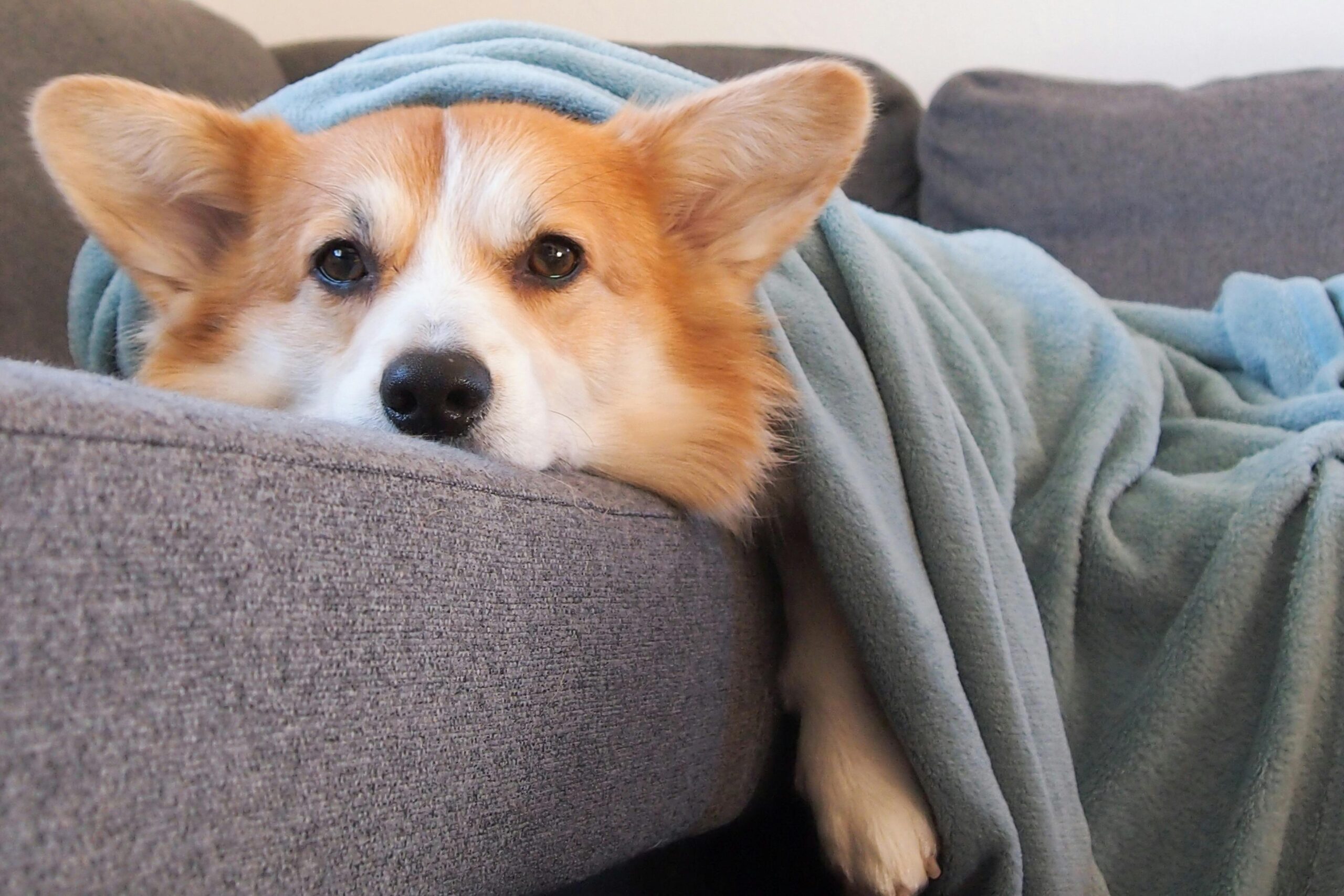
Pancreatitis, or inflammation of the pancreas, can be a distressing diagnosis for pet owners. Although it’s not curable, there are effective ways to manage pancreatitis in pets, helping your pet enjoy a comfortable and fulfilling life. Here’s what you need to know about managing pancreatitis, understanding its triggers, and providing the right care for your furry friend.
Understanding Pancreatitis Triggers
Pancreatitis can be caused by several factors, with the most common triggers including:
- High-fat meals: Fatty foods put stress on the pancreas, leading to inflammation. Avoid feeding your pet table scraps or treats with high fat content.
- Scavenging: Eating from the trash or consuming spoiled or inappropriate foods (like chocolate) can lead to sudden inflammation.
- Obesity: Overweight pets are at a higher risk, as obesity puts additional strain on the pancreas.
Pancreatitis can either come on suddenly (acute pancreatitis) or be a recurring issue (chronic pancreatitis). Understanding and managing these triggers is crucial to reducing the risk of flare-ups.
Managing Pancreatitis with Diet and Treatment
Managing pancreatitis involves a combination of medical care and a specialized diet. Here are the key components of long-term care:
- Medication: Pain relief, anti-nausea medications, and sometimes antibiotics can help manage symptoms.
- Fluids: Pets with pancreatitis often experience vomiting or diarrhea, leading to dehydration. Your vet may administer fluids to help keep your pet hydrated.
- Low-fat diet: Feeding your pet a low-fat diet can help prevent flare-ups. Avoid giving them treats or foods high in fat to minimize stress on the pancreas.
How Enjoy-a-Bowl Supports a Low-Fat Diet
Pets with pancreatitis may struggle with a low-fat diet due to a lack of flavor. Enjoy-a-Bowl can make low-fat food more enticing by adding the aroma of safe, leftover food without any additional fat. This helps your pet enjoy their meals while sticking to their necessary diet, reducing the risk of overeating or consuming inappropriate foods.
Ask the Expert
- How can I help my dog manage pancreatitis through diet?
A low-fat diet is crucial for managing pancreatitis. Avoid giving any fatty treats, and consider using Enjoy-a-Bowl to add appealing scents to low-fat food. - What foods should I avoid for a dog with pancreatitis?
Avoid fatty foods, treats, table scraps, and any high-calorie extras. Stick to vet-recommended low-fat options to reduce the risk of flare-ups. - How do I know if my dog has pancreatitis?
Symptoms include vomiting, abdominal pain, lethargy, and diarrhea. If you notice these signs, consult your vet for a diagnosis. - Is pancreatitis in pets curable?
While pancreatitis isn’t curable, it’s manageable with the right care. Regular vet visits, a low-fat diet, and medication can help control symptoms. - Can my pet still enjoy food on a restricted diet?
Yes! With tools like Enjoy-a-Bowl, you can make low-fat meals more enjoyable by adding the aroma of favorite, safe foods without adding fat or calories.
How Enjoy-a-Bowl Helps with Pancreatitis Management
For pets with pancreatitis, a low-fat diet is essential but can be less exciting for your pet. Enjoy-a-Bowl offers a solution by adding the aroma of favorite foods, making low-fat meals more satisfying without adding unhealthy ingredients. This aroma-based approach helps pets with pancreatitis stick to their dietary needs, giving them an enjoyable mealtime experience without the risk of a flare-up.

